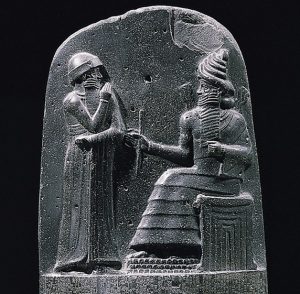 Atop the famous stele containing Hammurabi’s Code is a depiction of Hammurabi and Shamash, the Sun god, who was also the Babylonian god of justice. The swirling headdress of Shamash in this image might seem merely decorative, but in fact it possesses a dynamic meaning.
Atop the famous stele containing Hammurabi’s Code is a depiction of Hammurabi and Shamash, the Sun god, who was also the Babylonian god of justice. The swirling headdress of Shamash in this image might seem merely decorative, but in fact it possesses a dynamic meaning.
At the back of Shamash’s neck is an oval object that has no obvious purpose. It appears to be attached to the coiled shape of the headdress, as if it were the head of a serpent. But why would Shamash be wearing a serpent on his head?
To answer this question, one must become aware of the compelling new evidence for and reinterpretation of
Tags: Babylonia, Bronze Age catastrophes, Hammurabi, Inanna, Ishtar, Khafajeh, Shamash, Velikovsky, venus
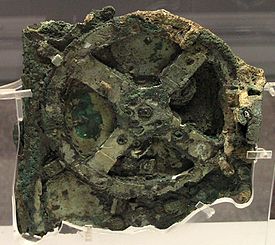
Decades of meticulous investigation have revealed many features of the 1st Century BC Antikythera Mechanism, a portable planetarium that demonstrated the motion of celestial objects. But we must question researchers’ conclusion that the Mechanism incorrectly represented the orbit of Mars, in particular, by roughly 30 degrees during retrograde motion.
This discrepancy seems anomalous in a sophisticated device that otherwise exhibited a much smaller range of error. So maybe there is some other explanation.
Tags: ancient astronomy, Antikythera Mechanism, Bronze Age catastrophes, Immanuel Velikovsky, Jupiter, Mars, planetary science, Revised Venus Theory, venus
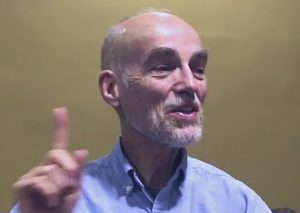 This is a presentation by Kenneth J. Dillon at the Institute of Noetic Sciences, Petaluma, California, on November 30, 2016. See also the video at https://vimeo.com/196130652.
This is a presentation by Kenneth J. Dillon at the Institute of Noetic Sciences, Petaluma, California, on November 30, 2016. See also the video at https://vimeo.com/196130652.
Tags: Biophotonic Therapy, consciousness, dermal-optic photoreceptor, history of science, Immanuel Velikovsky, magnetoreceptor, medicinal bracelets, psi, scientific rejectionism, skeptics, Theory of the Red Blood Cells, UBI
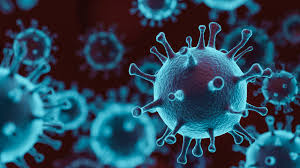 Here are three overlooked methods of treating respiratory and disseminated infections that resemble the one caused by the COVID-19 virus.
Here are three overlooked methods of treating respiratory and disseminated infections that resemble the one caused by the COVID-19 virus.
Tags: Biophotonic Therapy, coronavirus, COVID-19, gargling, halotherapy, immunostimulants, respiratory infections, virus, Wuhan coronavirus, Xi virus
 [For a fuller discussion of Biophotonic Therapy and the underlying science, including citations to the medical literature, see Healing Photons: The Science and Art of Blood Irradiation Therapy. For a brief discussion, see 10 Key Points about Biophotonic Therapy. See also the video Rethinking Biophotonic Therapy.]
[For a fuller discussion of Biophotonic Therapy and the underlying science, including citations to the medical literature, see Healing Photons: The Science and Art of Blood Irradiation Therapy. For a brief discussion, see 10 Key Points about Biophotonic Therapy. See also the video Rethinking Biophotonic Therapy.]
Overview
Biophotonic Therapy uses light in an extracorporeal or intravenous mode to activate the red blood cells, a form of immunity inherited from humankind’s distant oligocellular ancestors. BT has an instructive 80-year history (see below); a range of modalities; well-characterized mechanisms of action; a wide array of indications; several counterindications; well-understood, limited side-effects in certain cases; and a scientific literature that now includes some 400 articles as well as a dozen books. No drug resistance to BT has ever been reported.
Tags: biophotonics, blood, infectious diseases, irradiation, photoluminescence, phototherapy, ultraviolet
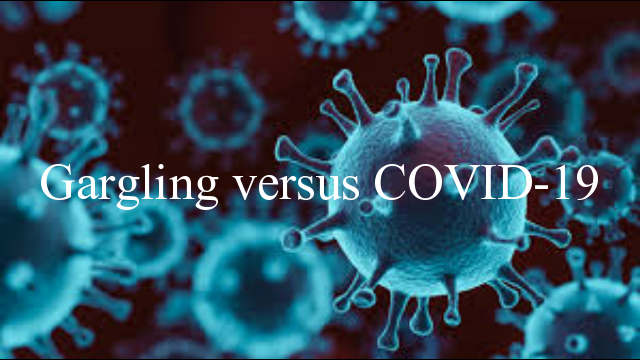
A new pilot study plus a better understanding of the science and art of gargling suggest that it can be an effective adjuvant therapy against COVID-19. At the same time, gargling can protect others, so we all have a vested interest in persuading each other to gargle. In this video, Viktoria Nagudi discusses with Kenneth Dillon of Scientia Press gargling’s history, science, choice of gargles, and applications, including to reopening the economy and schools. For further details, see https://www.scientiapress.com/mouthwash-oral-respiratory-infections.
Gargling versus COVID-19
Tags: COVID-19, EGCG, gargling, povidone-iodine, respiratory infections

Studies by Japanese researchers show that gargling is protective against respiratory infections. Here is a letter that lays out the case for gargling against COVID-19.
Tags: CDC, coronavirus, COVID-19, gargling, Japan, open letter, pandemic, respiratory infections

Even though much inhaled COVID-19 virus immediately penetrates into the lungs, some remains in the throat where it replicates to very high numbers–for instance, a peak at 711,000,000 RNA copies per throat swab day 4 (Wölfel R et al. Nature 2020;Apr 1). According to a Reinforcement Model of COVID-19 infections, many of these replicates descend into the lungs, where they furnish a stream of reinforcements that cumulatively outweigh the replication of the initial penetrating dose. Hence treating the throat with gargling seems highly desirable.
Tags: coronavirus, COVID-19, gargling, green tea catechins, hypertonic saline, mouthwash, pandemic, povidone-iodine, respiratory infections, throat, viral replication
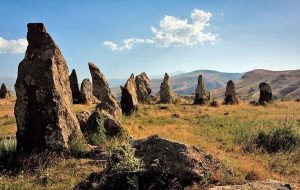 Karahunj (Zorats Karer) is an ancient site in southern Armenia that contains more than 230 large stones, some 37 still standing, arranged in a fashion that has suggested to many observers that it was used for archaeoastronomy. But defining how it was used has remained elusive. Complicating the situation, Karahunj is located near a complex of ancient graves; we do not know who built it; it is difficult to ascertain exactly when the stones were set up; and some 85 of them have holes drilled through them that researchers have suggested might be used for sighting celestial objects, but other researchers think this unlikely because they would have been too imprecise.
Karahunj (Zorats Karer) is an ancient site in southern Armenia that contains more than 230 large stones, some 37 still standing, arranged in a fashion that has suggested to many observers that it was used for archaeoastronomy. But defining how it was used has remained elusive. Complicating the situation, Karahunj is located near a complex of ancient graves; we do not know who built it; it is difficult to ascertain exactly when the stones were set up; and some 85 of them have holes drilled through them that researchers have suggested might be used for sighting celestial objects, but other researchers think this unlikely because they would have been too imprecise.
Nonetheless, there is a rather simple explanation of the stones of Karahunj. But to grasp it, one must become aware of the compelling new evidence for and reinterpretation of
Tags: ancient history, archaeoastronomy, Armenia, Great Serpent Mound, Karahunj, Taosi, Velikovsky, venus
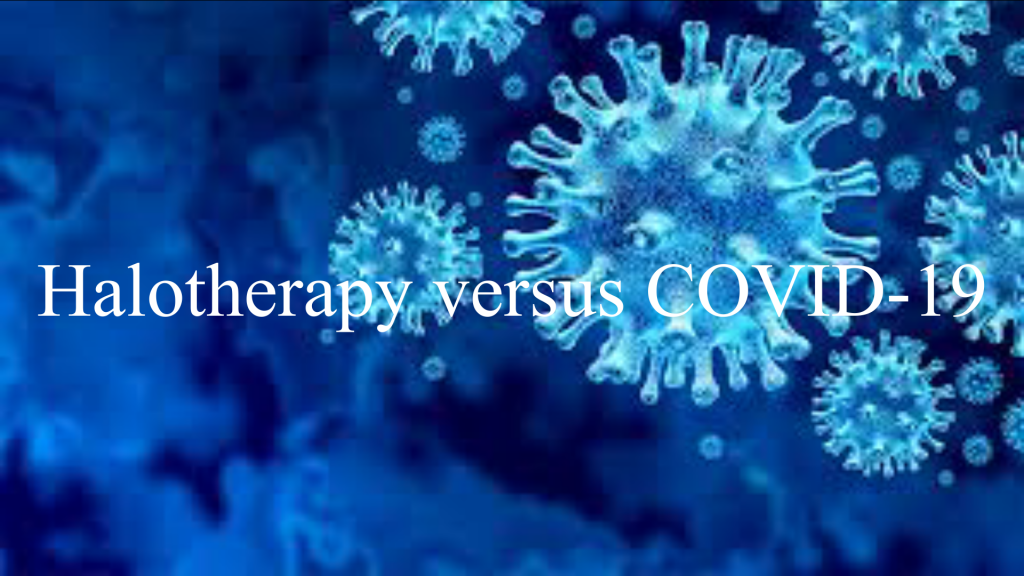 Originating in Eastern Europe, Halotherapy uses aerosol microparticles of salt to treat respiratory conditions. While it has shown effectiveness against asthma, bronchitis, and other chronic respiratory conditions, there is evidence that HT is also effective as prophylaxis against respiratory infections. In this video, Viktoria Nagudi discusses with Kenneth Dillon of Scientia Press the history, modalities, applications, and potential benefits of HT in the context of the COVID-19 pandemic, including for reopening the economy and schools. See also https://www.scientiapress.com/halotherapy.
Originating in Eastern Europe, Halotherapy uses aerosol microparticles of salt to treat respiratory conditions. While it has shown effectiveness against asthma, bronchitis, and other chronic respiratory conditions, there is evidence that HT is also effective as prophylaxis against respiratory infections. In this video, Viktoria Nagudi discusses with Kenneth Dillon of Scientia Press the history, modalities, applications, and potential benefits of HT in the context of the COVID-19 pandemic, including for reopening the economy and schools. See also https://www.scientiapress.com/halotherapy.
Halotherapy versus COVID-19
Tags: COVID-19, halochamber, halotherapy, respiratory infections, salt therapy, speleotherapy
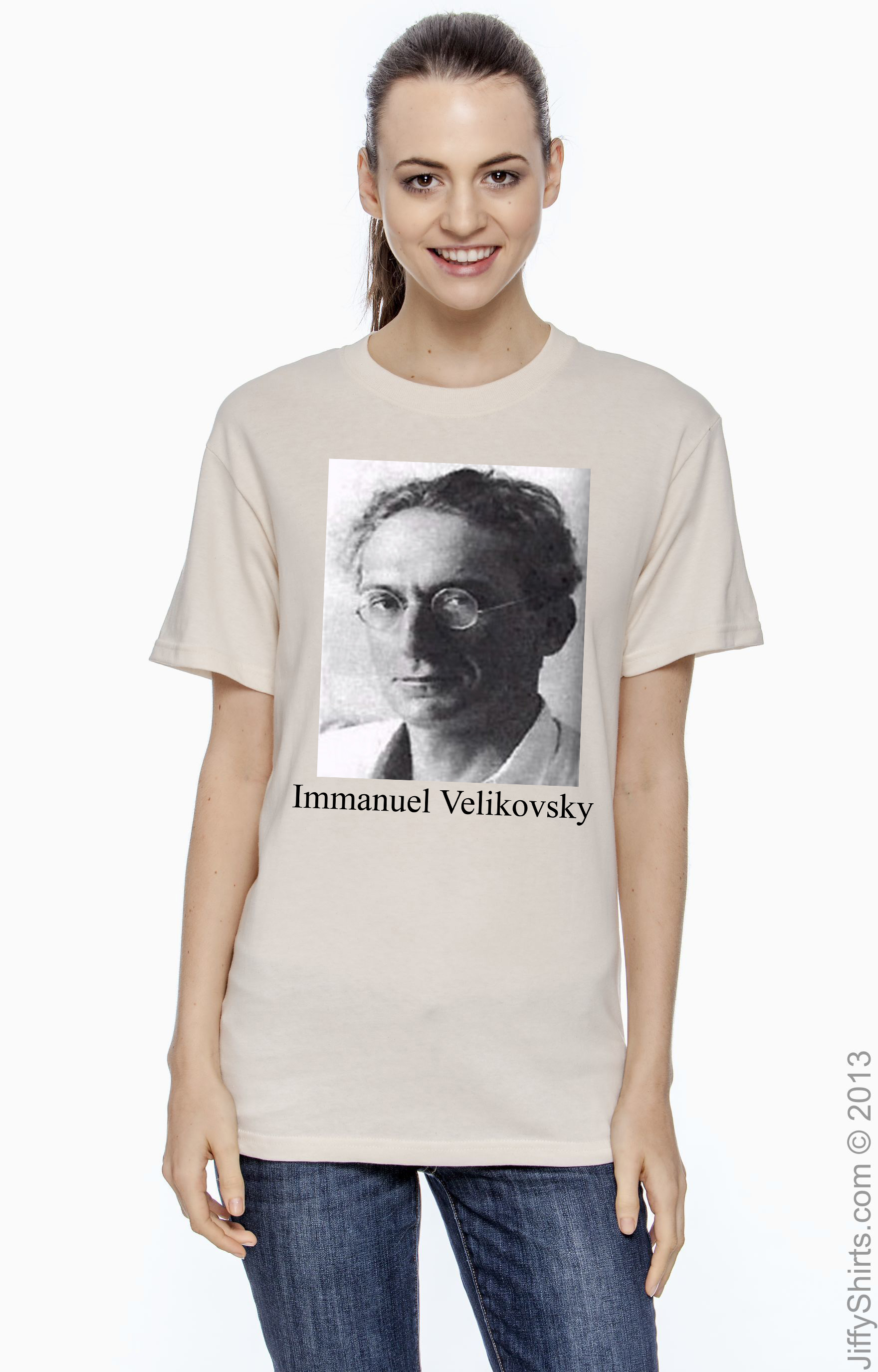 Honor Immanuel Velikovsky, a great, misunderstood scientist! This striking, 100%-cotton Immanuel Velikovsky T-shirt, designed by Scientia Press, will get you and Velikovsky plenty of attention! Medium size. Wash in cold water.
Honor Immanuel Velikovsky, a great, misunderstood scientist! This striking, 100%-cotton Immanuel Velikovsky T-shirt, designed by Scientia Press, will get you and Velikovsky plenty of attention! Medium size. Wash in cold water.
To order yours,
Tags: Bronze Age catastrophes, Immanuel Velikovsky, Mars, planetary science, venus
 Atop the famous stele containing Hammurabi’s Code is a depiction of Hammurabi and Shamash, the Sun god, who was also the Babylonian god of justice. The swirling headdress of Shamash in this image might seem merely decorative, but in fact it possesses a dynamic meaning.
Atop the famous stele containing Hammurabi’s Code is a depiction of Hammurabi and Shamash, the Sun god, who was also the Babylonian god of justice. The swirling headdress of Shamash in this image might seem merely decorative, but in fact it possesses a dynamic meaning.


 Here are three overlooked methods of treating respiratory and disseminated infections that resemble the one caused by the COVID-19 virus.
Here are three overlooked methods of treating respiratory and disseminated infections that resemble the one caused by the COVID-19 virus. 




 Originating in Eastern Europe,
Originating in Eastern Europe, 
 A new theory of the origin of the terrestrial planets—that Jupiter’s gravity pulled them inward from the outer solar system—solves longstanding scientific riddles and offers a rich agenda for further investigation.
A new theory of the origin of the terrestrial planets—that Jupiter’s gravity pulled them inward from the outer solar system—solves longstanding scientific riddles and offers a rich agenda for further investigation.